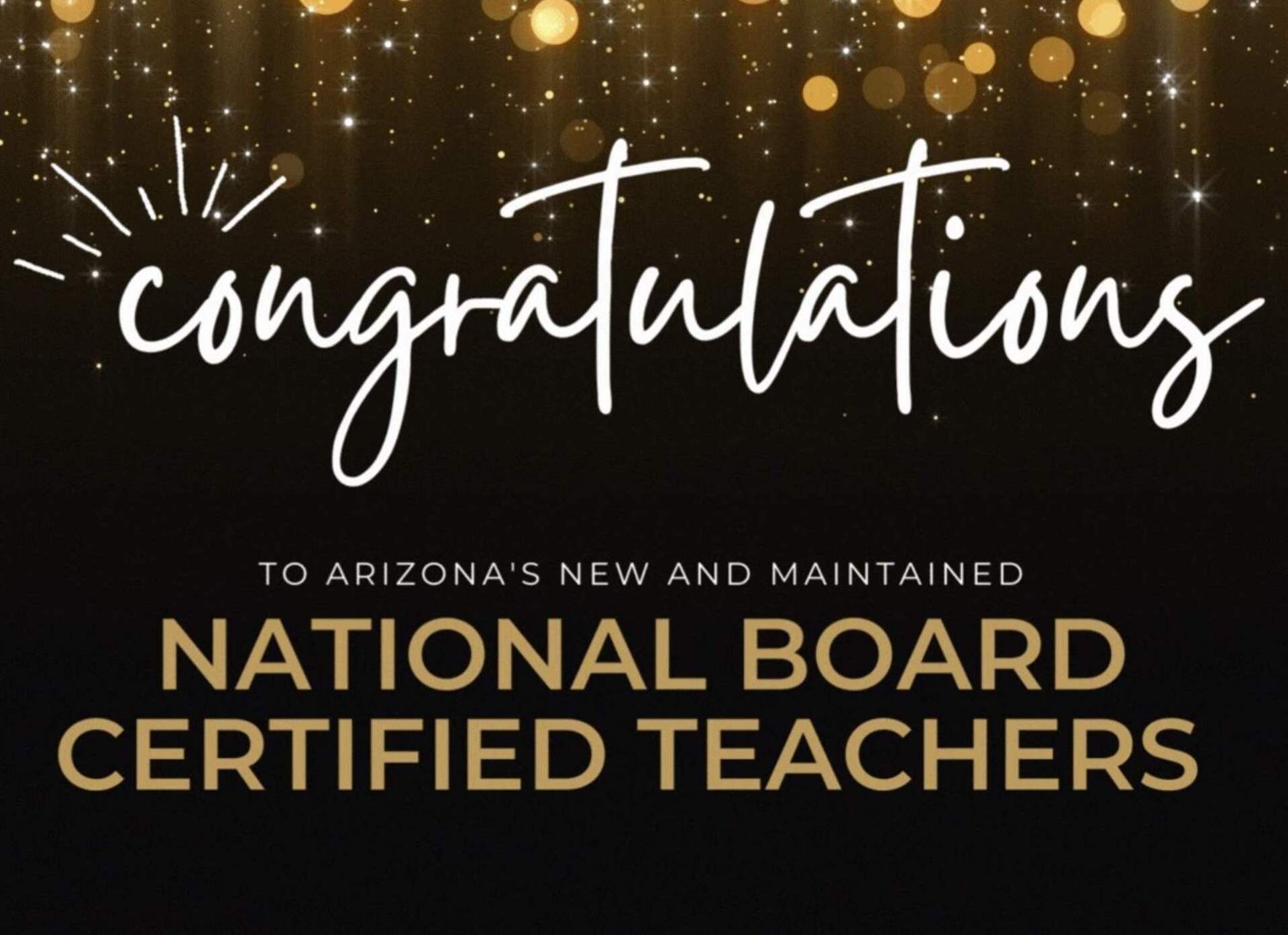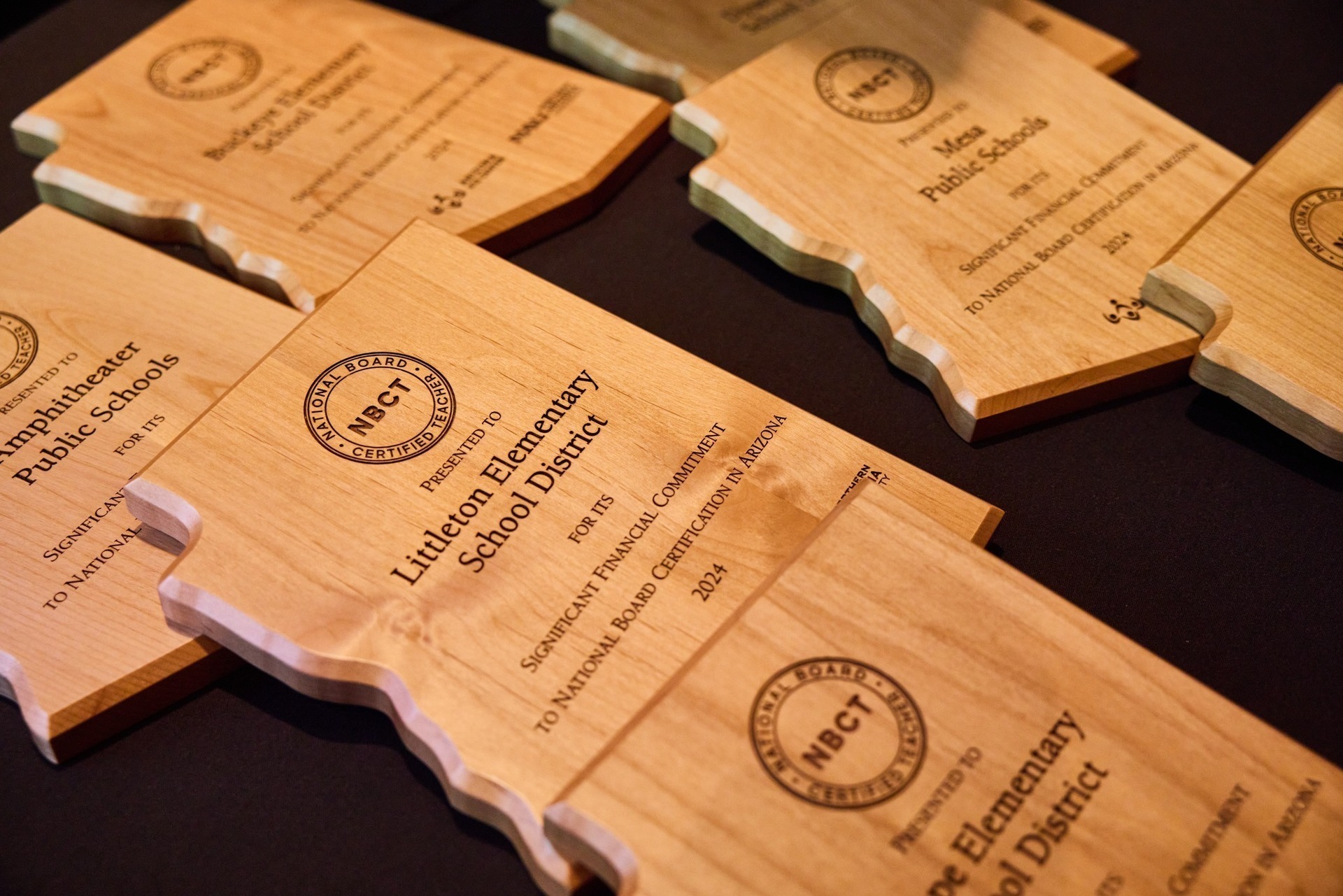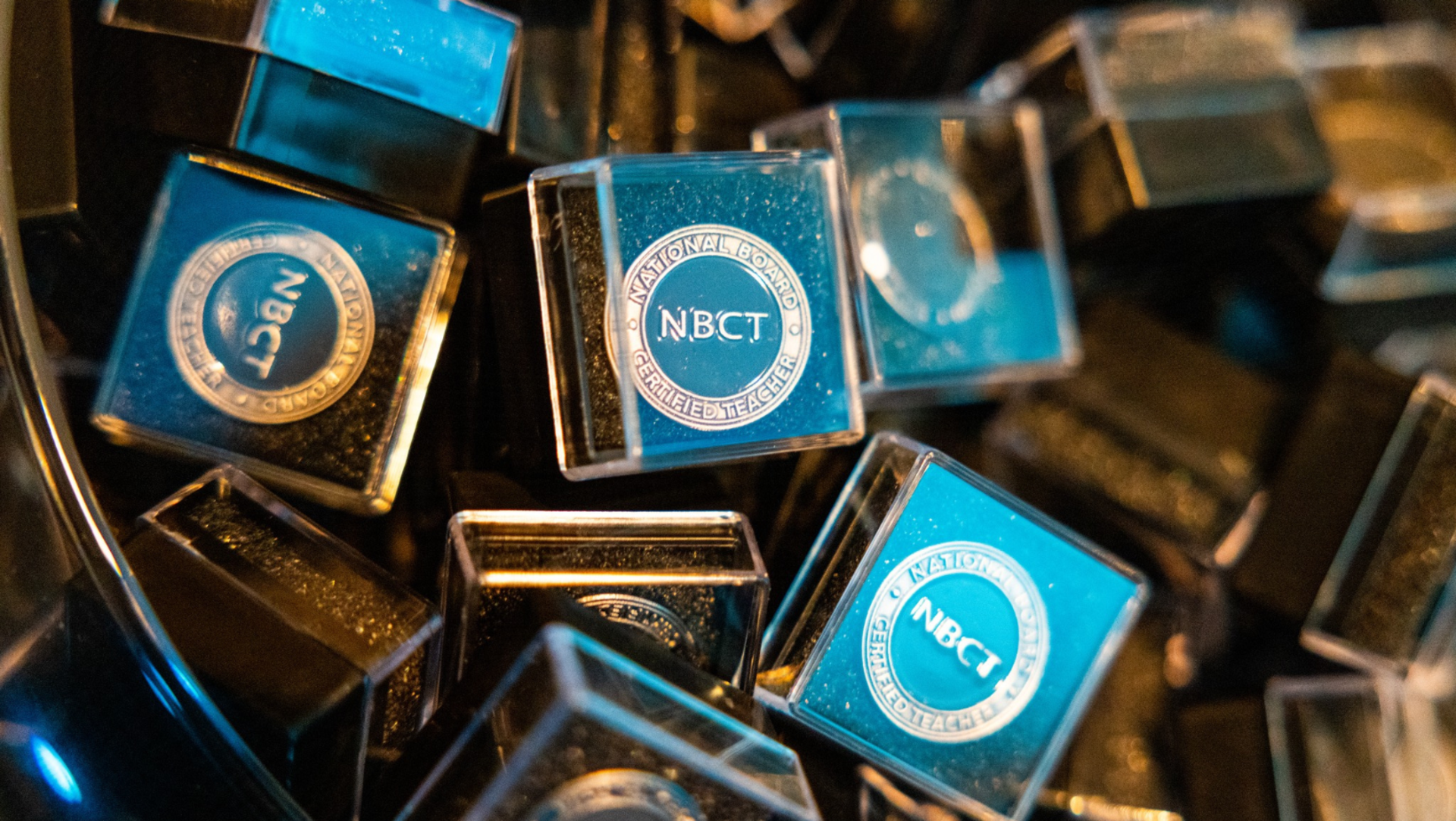November 8, 2018
Breaking Down STEM Integration

Demystify and master what it means to fuse science, technology, engineering, and mathematics into other coursework.
There might be two types of teachers — one who jumps at the chance to make science, technology, engineering, and mathematics a fluid part of their classroom, and one who cringes at the thought of infusing the multidimensional work into lessons plans that already flow so seamlessly. Don’t worry, we’re not asking you to fess up (you can put your hand down). But, we’re jazzed that Joel Villegas and Jo Anne Vasquez will join us for a three-day training to share their tactful tips to make STEM integration way less daunting, regardless of your “teacher type.”
So, pull up your chair, bring your focus, and gather your best lesson-planning materials. Here are four, quick hints about what we’ll learn on Nov. 28 during Making STEM Integration Work for YOUR Classroom: the What, The How, The Why!
- Strategy matters.
- Purpose is power.
- Take the time.
- Reflect and revise.
You have to be strategic and thoughtful. Don’t try to sprinkle a little bit of technology on top of the social studies pie just for the sake of checking the STEM box. When you find a great fit, you’ll open your students’ eyes to see how and why we need multi-disciplinary actions.
Again, don’t sweat the STEM stuff. If can’t make the training, invest in Vasquez and Villegas’ book here. Buying a physical copy not only allows you to reference their tips in times of need, but also it makes you a resource to your colleagues.










